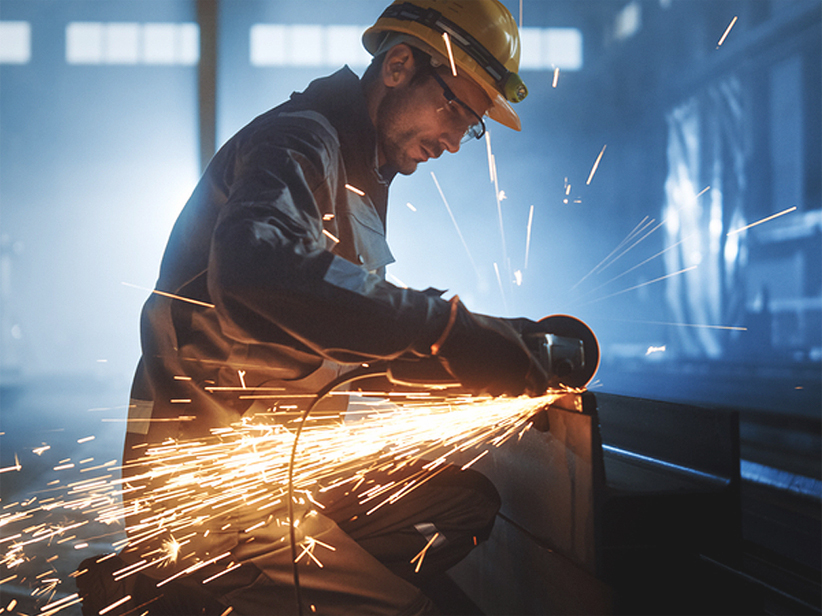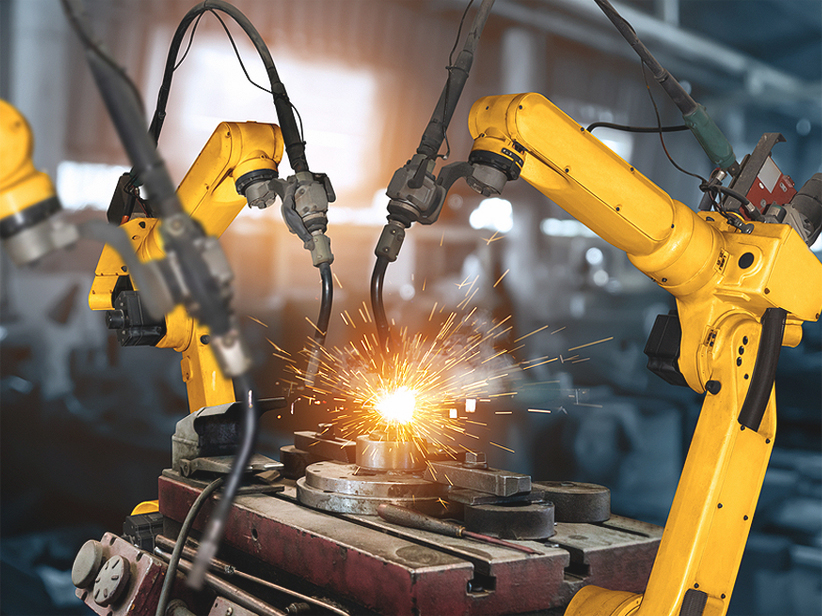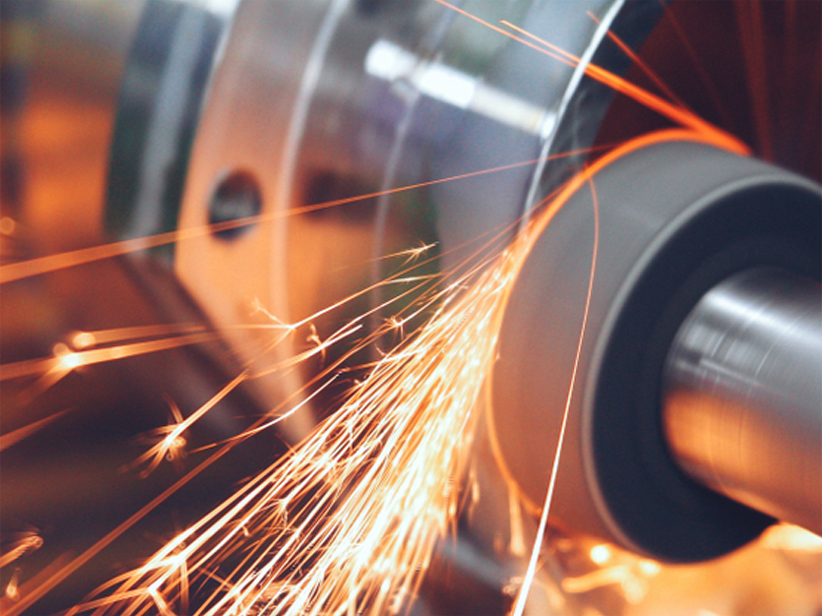Description
Stainless Steel Grade 309S/1.4833 is an austenitic chromium-nickel stainless steel known for its high-temperature resistance and oxidation resistance. It is a lower carbon variant of 309/1.4833 stainless steel, which minimizes carbide precipitation and improves weldability. This grade is designed for use in high-temperature applications and is commonly used in environments that require resistance to heat and corrosion.
Chemical Composition
The typical chemical composition of 307SI is as follows:
Chromium (Cr): 22.0 - 24.0%
Nickel (Ni):12.0 - 15.0%
Carbon (C): ≤ 0.08%
Manganese (Mn): ≤ 2.0%
Silicon (Si):≤ 1.0%
Phosphorus (P):≤ 0.045%
Sulfur (S):≤ 0.030%
Mechanical Properties
Tensile Strength: 515 MPa (minimum)
Yield Strength (0.2% offset): 205 MPa (minimum)
Elongation: 40% (minimum)
Hardness: 95 HRB (maximum)
Thermal & Physical Properties
Density: 8.0 g/cm³
Melting Range: 1400 - 1455°C
Specific Heat: 500 J/kg•K
Thermal Conductivity: 14.2 W/m•K at 100°C
Electrical Resistivity:0.74 µΩ•m
Thermal Expansion: 15.9 µm/m•K from 20°C to 100°C
Other Designations
UNS: S30908
EN: 1.4833
JIS: SUS 309S
AFNOR: Z12CN24-13
DIN: X12CrNi23-13
Fabrication and Heat Treatment
Forming: Can be readily formed using all conventional methods.
Welding: Can be welded using standard fusion and resistance techniques. Oxyacetylene welding is not recommended.
Heat Treatment: Not hardenable by heat treatment. Anneal at 1038-1121°C, then rapidly quench.
Machining: Exhibits slightly better machinability compared to 304 stainless steel, but work hardening can occur.
Applications
Furnace Parts: Used in the construction of furnace parts due to its high-temperature resistance.
Heat Exchangers: Suitable for heat exchangers in high-temperature environments.
Kiln Liners: Ideal for kiln liners and other high-temperature structural applications.
Boiler Baffles: Commonly used in boiler baffles and other components subjected to high temperatures.
Chemical Processing Equipment: Employed in chemical processing where heat and corrosion resistance are critical.
Supplied Forms
Bars
Coils
Wires
Features
High-Temperature Strength:Can withstand high temperatures and is resistant to scaling and oxidation.
Weldability:Lower carbon content improves weldability, reducing the risk of carbide precipitation.
Corrosion Resistance:Offers good resistance to corrosion in high-temperature environments.
Strength:Maintains high strength at elevated temperatures.
Durability:Excellent durability in high-heat applications, ensuring longevity of components.






